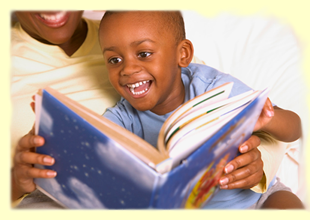
50 Books to Read Before You’re 11 3/4: Book Riot’s Twenty-Five
I’m just back from six weeks in the UK, where the amazing National Trust has an advertising campaign on the go called 50 Things to Do Before You’re 11 3/4. The idea is that there are certain things that are simply key to a proper childhood, and so before one turns that magical age of 12 when crushes and One Direction replace playing outside, one should attempt to complete the checklist the National Trust provides. It’s all in aid of kids being more active, more outdoorsy, and of course, interacting more with the sites maintained by the National Trust. You can see the whole list here if you like, but I caution you, it’s totes adorable. It will cause you to imagine little toddlers with posh English accents racing snails along a wooded lane beside a country garden. (I don’t care if my stereotypes of British life are outmoded. They are mine and you can’t have them.)

Game? I know you are.
Here are my 25, in no particular order. Next week, I’ll use popularity to rank the books, so feel free to voice agreement (or disagreement) with my choices, along with your own picks for our Riot Reader Twenty-Five, in the comments below.
1. Hergé. The Adventures of Tintin. I can’t narrow it down to one ultimate Tintin (maybe you can?) but I think a key part of childhood is curling up in the corner of the public library to absorb the magic of Tintin.
2. Judith Viorst. Alexander and the Terrible, Horrible, No Good, Very Bad Day. I think this one is so good for helping kids understand their emotional world and cope with the bad days. Or the terrible days. Or the horrible days.
3. Oscar Wilde. The Happy Prince and Other Stories. I love Wilde’s fairy tales because they are so rich in description; I loved them when I was little because I always felt as though I could curl up inside them. They also have an emotional depth missing from more didactic fairy stories.
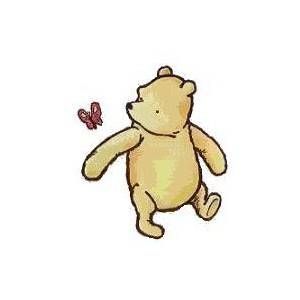
5. Lewis Carroll. Alice’s Adventures in Wonderland and Through the Looking Glass. Creepy questions about Carroll aside, Alice is absolutely one of the most charming and headstrong young female protagonists in children’s literature.
6. Maurice Sendak. Where the Wild Things Are. Just… obviously.
7. Dr. Seuss. Oh, the Places You’ll Go! There are so many great Dr. Seuss choices, and I don’t think any of them could possibly be wrong, but nothing filled me with excitement about the possibilities of growing up like this one.
8. Judy Blume. Tales of a Fourth Grade Nothing. Oh, the injustice of an unpunished sibling! Is there anything that echoes more acutely with any child? And what a good hook for the magic of Judy Blume — as if one could read this first book and not finish the Fudge series.
9. LM Montgomery. Anne of Green Gables. Because of the temporal distance, this might be a push for some under-12s, certainly, but a worthy challenge to skills of time and attention. And such a great female protagonist for any girl who feels as though she doesn’t quite fit.
10. Robert Munsch. Love You Forever. Or as I fondly call it, Weapons-Grade Emotional Manipulation Plutonium. But an important cultural touchstone and it’s always important to lay the care-for-us-when-we’re-old guilt early.
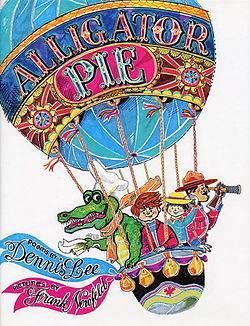
12. Deborah and James Howe. Bunnicula. The family pets are just pets, right? No interior lives of their own? No child looks at the neighbour’s bunny the same way again after this just-the-right-amout-scary book.
13. Katherine Paterson. Bridge to Terabithia. Very important to teach your child to ugly-cry early on. Also a sweet and lovely young male protagonist who is easy for outsider-feeling boys to relate to.
14. Ted Hughes. The Iron Man. Ok, I have to admit that Hughes and I have our issues (rabidly Team Plath over here), but this is an exquisite meditation on war and and evil and how kindness can overcome both. Good for all children, but I think boys respond to it most viscerally.
15. Beverly Cleary. Ramona Quimby, Age 8. When I was little I remember very clearly wanting to be Ramona’s best friend. She and I would get each other. Little girls have been feeling simpatico with Ramona for decades: a deserved classic.
16. Louis Sachar. Sideways Stories from Wayside School. Sometimes it’s crucial to just get silly. I can’t think of a sillier book for the under-12s than Sachar’s magical, hilarious, ridiculous collection of oddball characters.
17. Justin Richardson and Peter Parnell. And Tango Makes Three. Two gay penguins decide to grow their family. One of the most frequently challenged books in schools and libraries today, which makes it a great place to start talking about difference. And a perfect snapshot of our cultural moment, good and ill.
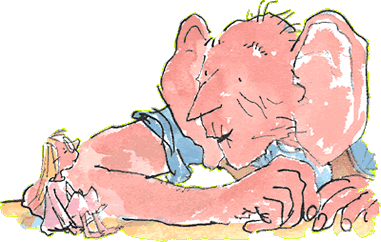
19. Richard Van Camp. A Man Called Raven. Set in the Northwest Territories, this book is all about understanding our relationship with the natural world and addressing competing cultural values. And the illustrations by George Littlechild are marvelous.
20. Ezra Jack Keats. A Snowy Day. I loved this one when I was little because even though it was set in New York City with an African-American protagonist, it wasn’t so different from a snowy day in my own rural Canadian childhood. Which was kind of a cool realization to make.
21. Joy Kogawa. Naomi’s Road. This book introduces children to the Japanese Internment in the Second World War, themes Kogawa develops for an older audience in her novel, Obasan. I loved and wrestled with this book as a child; it helped me begin to understand complicated ideas of nation and home.
22. Michael Bond. A Bear Called Paddington. To engender a lifelong obesession with London and the tube in any child, “Please look after this bear. Thank you.” will do the job quite nicely.
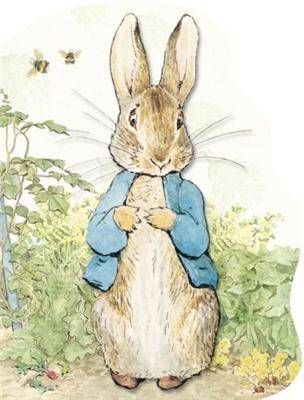
24. Margaret and HA Ray. Curious George. Because monkeys is why.
25. L Frank Baum. The Wonderful Wizard of Oz. Mostly because every child should know that the shoes aren’t red. They’re silver. Silver! That really matters to me for some reason. Also, of course, this book is a good combo of magical and TERRIFYING.
Ok, so now it’s your turn; meet me in the comments to hash the rest of this list out. Here, let’s get this part out of way: OMG YOU FORGOT _____________ HOW COULD YOU?! Starting from there, what would be on your list? Let’s flesh out these 50 Books to Read Before You’re 11 3/4!

















